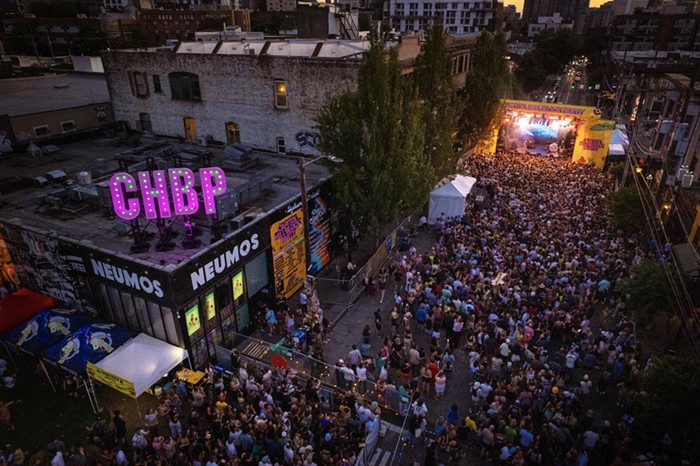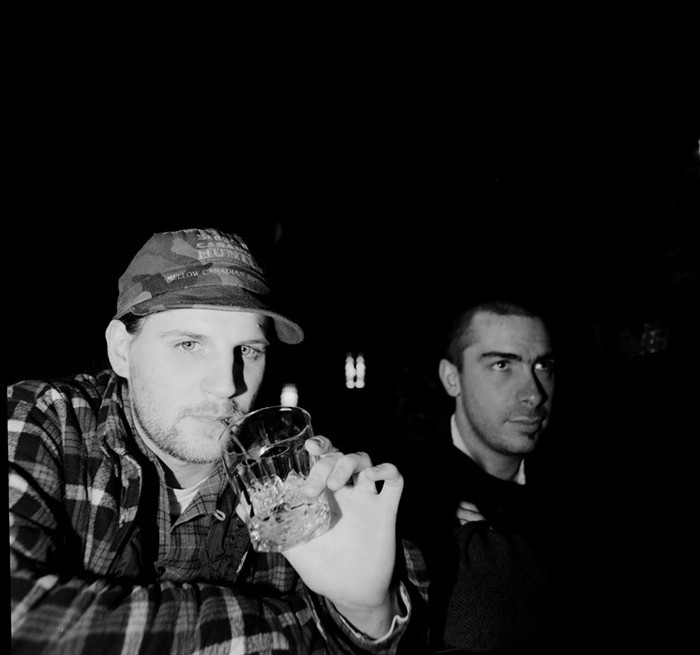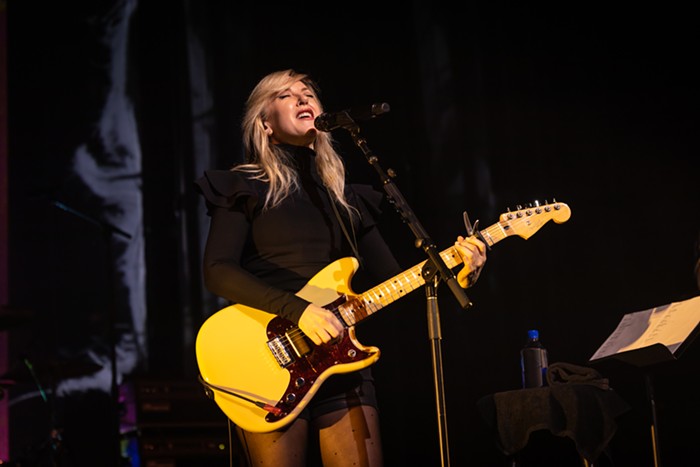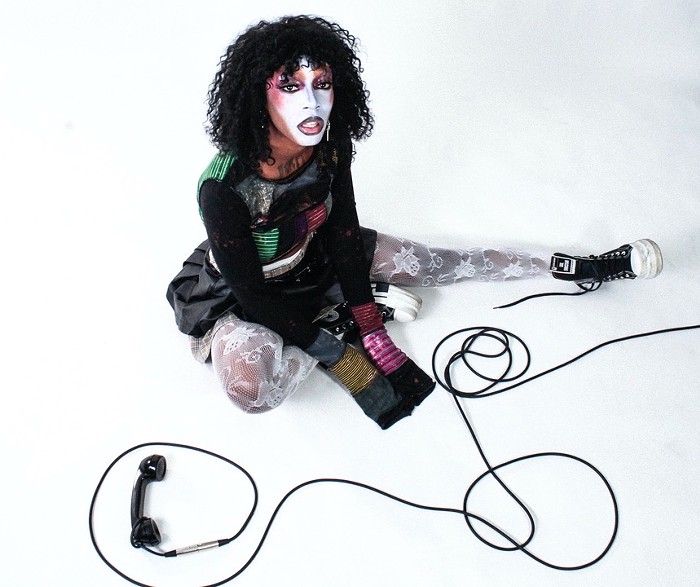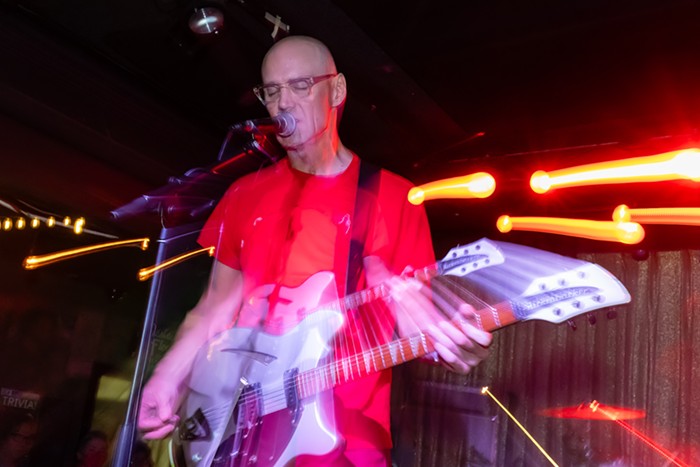There is an intersection. A maroon Buick LeSabre with a cracked windshield pulls up to a stoplight. A man named Herman wearing a full-length London Fog raincoat crosses the street in front of the car. He has a lion-headed cane but no limp and two helicopter seedpods in his pocket for luck, and he's lost in a daydream about being a tightrope walker. Count Chocula is Herman's favorite breakfast cereal and he has a phobia of ice sculptures, especially when in the shape of swans. Herman dreams he was ivy in a past life. He lives as a tendril of the idiosyncratic world. From here this moment goes. Shoots out.
As Herman walks past the LeSabre, he hears the Miles Davis song "Saeta" off Sketches of Spain playing on the car's stereo. He pauses to listen, then taps his cane on the street at an angle—the angle the earth tilts, 23.44 degrees. On another side of the world, at that exact moment, a music teacher in Seville, Spain, is charting notes to the very same Miles Davis piece. A mailman knocks on her door with a package. She opens the door, they exchange smiles, and in his teeth she sees the keys of the piano she learned to play on, chipped identically. Her name is Esmeralda, and the package is from a cello student who won't leave her alone. It's the third vase he's given her this week.
The collection of these vases on the 11th floor sill makes her uneasy, so Esmeralda throws them out the window. She looks off toward the Ferris wheel at a fair in the distance. Vases crash on the sidewalk, the sound of the Ferris wheel calliope stirs "Saeta" notes around her head, and the spinning carnival ride churns a peristalsis of the scene. It's late afternoon. Her stare shifts to the street below, to the shadows beginning to grow long across the cement. One is in the shape of a swan. Another, a trumpet, then ivy.
Esmeralda wants to jump out the window. She wants to aim herself at the ground, toward the shadows, and leave no trace. The ivy would catch her and take her to a field far away from the voices in her head. Her husband would be there waiting. He jumped from the World Trade Center's North Tower at 9:41 a.m. on 9/11 after being trapped on a floor above the plane's impact zone. He chose falling instead of smoke and fire. It should have been Esmeralda in the North Tower that day. He was covering her shift. They both worked at the 107th floor Windows on the World restaurant. For almost 10 years, the voices have been building inside Esmeralda's head, telling her to jump, over and over, telling her she shouldn't be here. She had morning sickness that day in September because she was pregnant with their baby boy. Now almost 10 years old, the boy walks into the room and takes her hand. He closes the window and asks if they can play checkers.
Checkers sounds like a good idea to Esmeralda. She glances again at the top of the Ferris wheel in the distance, where in car 17, a boy named Esto has eaten too much strawberry cotton candy. He vomits, and it splatters past the hand of a nun in car 3 below. Exiting the ride, the nun looks to the ground and sees the face of the Virgin Mary in the puddle of the boy's pink foam throw-up. News of the sighting spreads quickly. The pink spot is soon a massive center of worship and the destination of holy pilgrimage.
Esto becomes a relic. He is quoted in the paper, "I could tell it was something special when it was coming up." There are pink mouse pads for sale, pink coffee cups, and pink napkin sets displaying the quote in multiple languages. Strawberry cotton candy is served. Car 17 is bronzed. You can get a picture of yourself sitting next to a life-size cutout of Esto. A real must-have. And if you stop there for a second and listen to the breeze, you can hear Miles Davis playing his trumpet with long drifted notes. You can hear someone tapping a cane. You can see shadows become ivy and swans, and feel the spin of the earth. It's slight, the spinning, but it's there. Suddenly, everything becomes clear. ![]()


